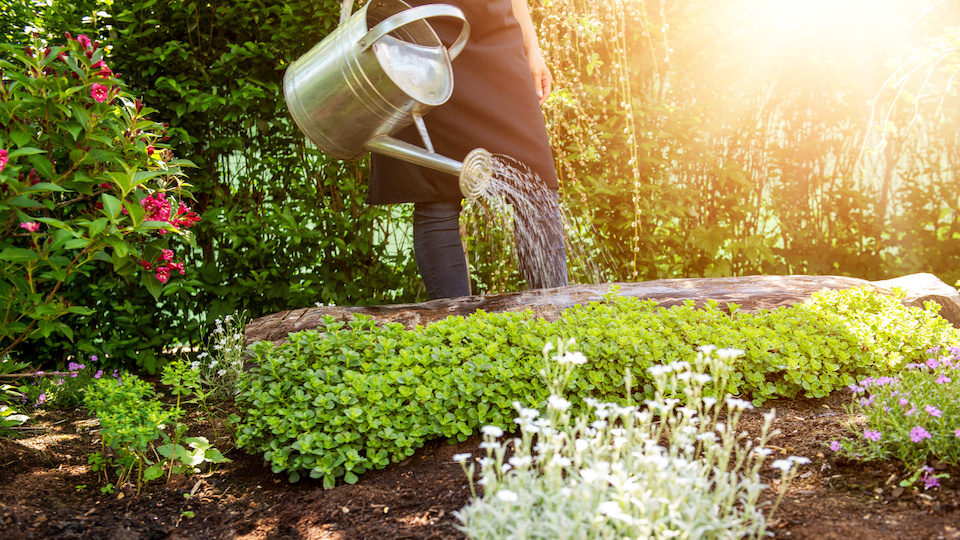The best gardeners in the world have learned from their mistakes, but there’s no reason to repeat them. Learn from the mistakes of others if you’re just getting started in gardening. You can avoid a lot of problems, save time, and prevent the sad death of plants by learning some common and easy-to-make gardening errors before you make them.
Not preparing the soil before planting. With some of your less particular plants, you may be able to get away with simply digging a hole, sticking the roots in, and filling in with dirt. But, most plants need a little prep work. At a minimum, turn the soil to break it up and add some compost. If you have particularly heavy clay soil, or dry, sandy soil you may need to work in other materials, called soil amendments, to lighten it, add nutrients, or increase drainage.
Overwatering. New gardeners tend to be overzealous with water. If plants need water to thrive, they must need a ton of water, right? Actually, too much water can be as bad as not enough. Excess water, whether you provided too much water or the soil isn’t draining, can lead to root decay and poor nutrient uptake. Know the water needs of specific plants, but in general, make sure the soil below the surface is moist but not soggy.
Choosing the wrong plants for your garden. Yes, a cactus is a cool plant, but if you live in northern Minnesota it belongs indoors only. Planting vegetables in the shade or hostas in full sun, choosing an invasive species that takes over your native bed, and choosing fruit trees that will soon grow too big for your yard are all easy mistakes to make. Do the research and find plants with growing needs that match your soil, sunlight, space, and climate.
Not giving plants adequate space. Those guidelines for spacing you find on the informational marker in potted plants are not mere suggestions. Putting them too close together will cause the plants to compete for resources, and none of them will grow well. When putting in trees, be especially careful about spacing or in a few years you’ll have a branch in your bedroom or bringing down the power lines.
Overusing pesticides. All gardeners know the bane that is the pest. For every plant, there is at least one insect that wants to consume it, and you may feel like you’re in a constant battle with them. But using pesticides is not an ideal solution, especially using too much. You can kill off beneficial insects, like ladybugs and praying mantises. Pesticides also interfere with pollinators, and without these you’ll get no fruits or vegetables.
Too much fertilizer. Nutrients are essential for good plant growth. A deficiency in one or more nutrients can lead to a number of problems, but it’s also possible to have too much of a good thing. Over-fertilizing can cause fertilizer burn, which you’ll see as brown, dry, and wilted leaves. For many plants, amending the soil with organic compost before putting them in the ground is adequate. But additional fertilizer can be useful; just be sure to follow directions and don’t go overboard. More is not always better.
Not rotating your vegetables. Growing your own produce can be a rewarding effort, and it isn’t that difficult. One easy mistake to make, and one you need to avoid is planting the same thing in the same spot year after year. Many vegetables are susceptible to diseases and pests that overwinter in the soil. By growing the same one in the same soil you only perpetuate that problem. Move things around and the pests, fungi, or bacteria that can cause disease won’t have a chance to take root, so to speak.
Yes, there are many more mistakes you can and probably will make as you begin your gardening journey. But these errors are some of the big ones, and if you can avoid them you’ll be a few steps ahead and your garden will be more successful from the get-go.
-Mary Ellen Ellis




